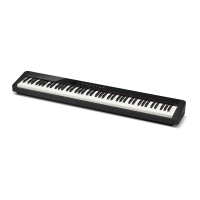
Do you have a question about the Casio Privia PX-S1000 and is the answer not in the manual?
| Polyphony | 192 notes |
|---|---|
| Tones | 18 built-in tones |
| Speakers | 8W + 8W |
| Dimensions | 1, 322 x 232 x 102 mm |
| Metronome | Yes |
| Keyboard | 88 keys, scaled hammer action keyboard |
| Sound Source | Multi-Dimensional Morphing AiR Sound Source |
| Weight | 11.2 kg |
| Power Source | AC adapter (included), 6 AA batteries (optional) |
| Touch Response | 5 sensitivity levels |
| Effects | Reverb, Chorus, Brilliance, DSP |
| Bluetooth | Bluetooth Audio |
| Included Accessories | AC adapter, pedal unit (SP-3) |
Overview of front and back panels, controls, and connections.
Instructions for using the AC adapter and batteries, plus power on/off procedures.
Connecting headphones for private practice and connecting damper pedals for expression.
How to use the touch-sensitive buttons, including sensitivity adjustments.
Listening to demo songs, selecting single tones, layering, and splitting the keyboard.
Adjusting touch response, pitch (transpose, tuning, octave shift), and keyboard split.
Using Hall Simulator, Surround, Chorus, Brilliance, and Acoustic Simulator effects.
Using the metronome, specifying tempo, duet play, and scale tuning.
Playing songs from the library and recording/playing back performances.
Adjusting part volumes, overall balance, and audio input levels.
Configuring MIDI, changing pedal functions, and managing system settings.
Disabling buttons with Panel Lock and restoring factory defaults.
Connecting to a smart device via the app for remote control and data transfer.
Solutions for problems with buttons, sound, power, pedals, and data transfer.
Detailed technical specs, tone list, music library, and MIDI chart.
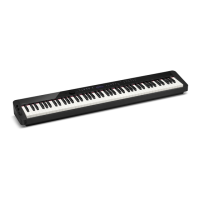
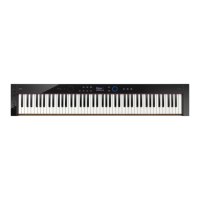
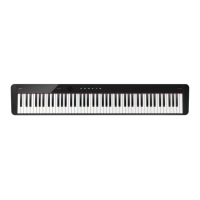
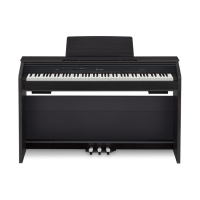
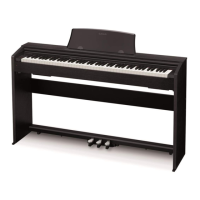
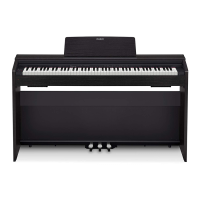
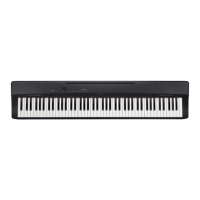
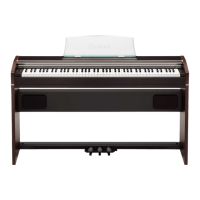
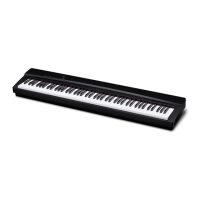
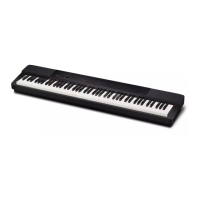
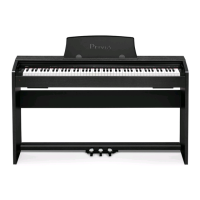
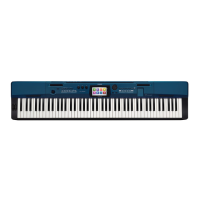
